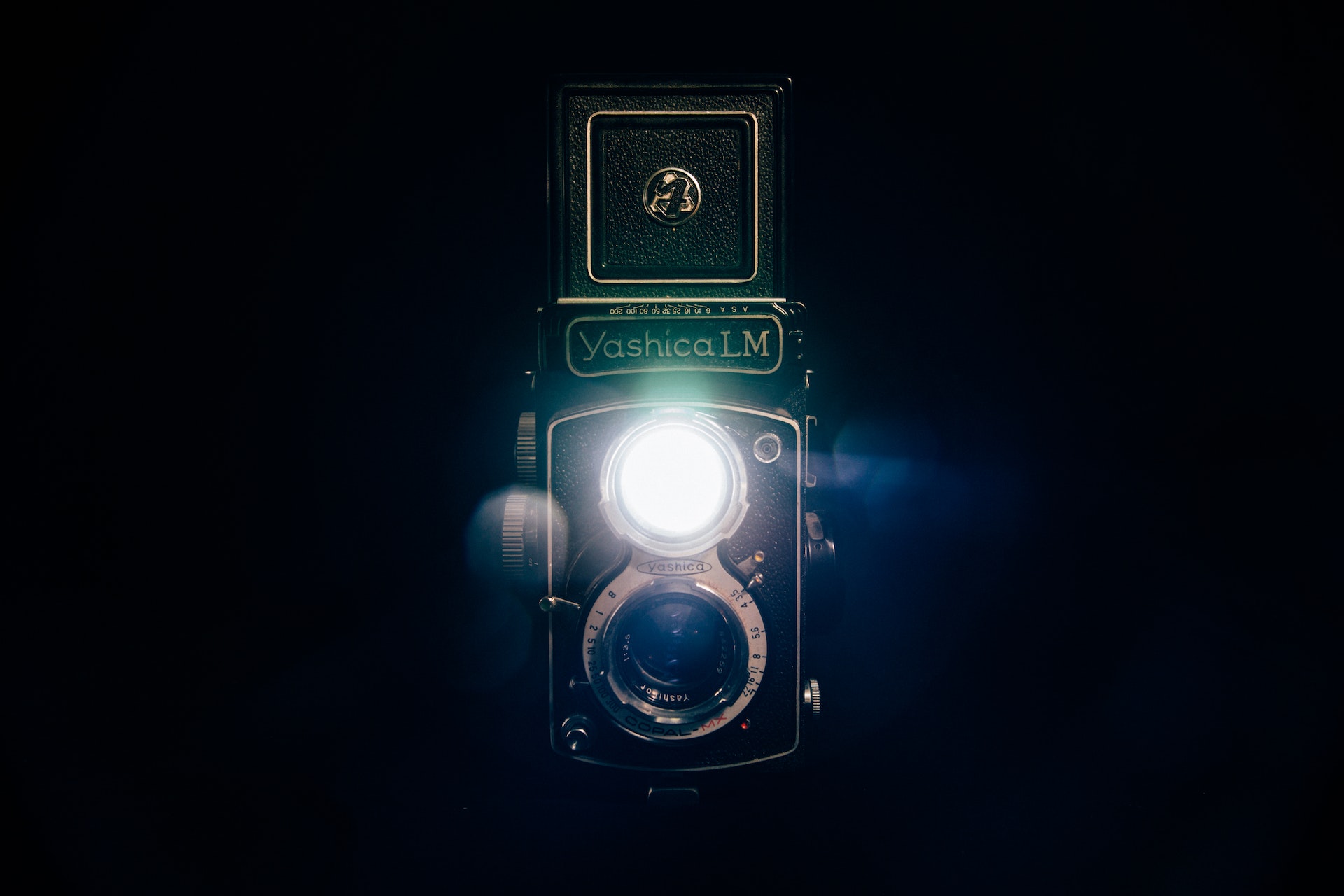
12 Feb The Power of Lighting in Headshot Photography
In the world of headshot photography, lighting is everything. A good headshot photographer understands the power of lighting and how to use it to create a compelling and professional image. Whether you are a corporate photographer or a professional photographer who specializes in headshots, understanding the basics of lighting is crucial. In this article, we will explore the importance of lighting in headshot photography, its impact on mood and emotion, the technical aspects of lighting, and how to use lighting creatively to take your headshots to the next level.
Understanding the Basics of Lighting in Headshot Photography
The first step to mastering lighting in headshot photography is understanding the different types of lighting available. There are three main types of lighting: natural, artificial, and mixed. Natural light is light that comes from the sun and can be diffused or reflected to create a soft, flattering effect. Artificial light is any light that is not natural, such as studio lights, flashes, and continuous lighting. Mixed lighting is a combination of natural and artificial light, which can create interesting effects.
When choosing the type of lighting for your headshot, it’s important to consider the desired effect. For example, natural light is great for creating a soft and natural look, while artificial light can be used to create more dramatic and defined shadows. Once you have chosen the type of lighting, it’s time to think about lighting setups. A one-light setup is the most basic and simple setup, while a two-light or three-light setup can create more dimension and depth.
The Impact of Lighting on Mood and Emotion in Headshot Photography
Lighting can also have a significant impact on the mood and emotion of a headshot. For example, warm and soft lighting can create a relaxed and friendly mood, while cool and harsh lighting can create a more serious and dramatic mood. The position of the light source can also impact the mood of the headshot. Front lighting, where the light is positioned directly in front of the subject, can create a neutral and approachable mood, while side lighting can create more contrast and drama.
As a headshot photographer, it’s important to understand the desired mood and emotion of the headshot and use lighting to achieve that effect. For example, if the subject is a CEO, you may want to use more dramatic lighting to convey power and authority.
The Importance of Proper Lighting in Highlighting Facial Features
One of the most important aspects of headshot photography is highlighting the subject’s best features. Proper lighting can be used to create dimension and depth in the subject’s face, highlighting their best features and minimizing flaws. For example, using a light positioned slightly above and to the side of the subject’s face can create shadows that define the cheekbones and jawline.
Understanding how to highlight facial features with lighting takes practice and skill, but can greatly enhance the overall quality of a headshot.
The Technical Aspects of Lighting in Headshot Photography
In addition to understanding the basics of lighting and its impact on mood and facial features, headshot photographers must also understand the technical aspects of lighting. Light metering and exposure are crucial to achieving the desired effect, as is white balance and color temperature.
Light metering and exposure determine how much light hits the camera’s sensor and how bright or dark the resulting image will be. Proper white balance is crucial for achieving accurate colors in the final image, while color temperature can impact the mood and emotion of the headshot.
The Creative Use of Lighting in Headshot Photography
Finally, the creative use of lighting can take headshot photography to the next level. Unconventional lighting techniques can create unique and memorable headshots. For example, using a colored gel over a light can create a striking and dynamic effect. Similarly, using shadows creatively can add depth and interest to a headshot.
As a headshot photographer, it’s important to experiment with different lighting techniques to discover what works best for each individual subject. Every person is unique, and lighting should be used to highlight their individuality and personality.
Frequently Asked Questions
Why is lighting so important in headshot photography?
Lighting plays a crucial role in creating a compelling and professional headshot. Proper lighting can highlight facial features, create mood and emotion, and add depth and dimension to the subject.
What type of lighting is best for headshot photography?
The type of lighting used depends on the desired effect. Natural light is great for creating a soft and natural look, while artificial light can be used to create more dramatic and defined shadows. Mixed lighting can create interesting effects.
What is the best lighting setup for headshot photography?
The best lighting setup depends on the desired effect and the subject. A one-light setup is the most basic and simple setup, while a two-light or three-light setup can create more dimension and depth.
How can lighting be used creatively in headshot photography?
The creative use of lighting can take headshot photography to the next level. Unconventional lighting techniques, such as using colored gels or shadows, can create unique and memorable headshots.
What are some technical aspects of lighting in headshot photography?
Technical aspects of lighting include light metering and exposure, white balance, and color temperature. These factors impact the brightness, color accuracy, and mood of the final image.

